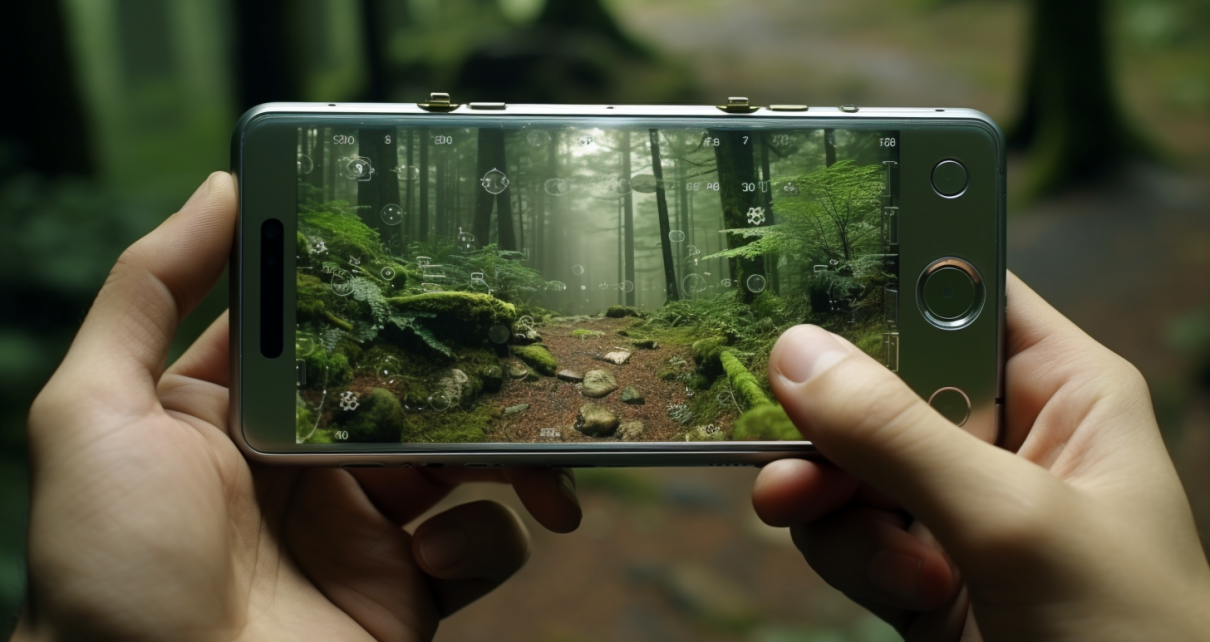In the realm of mobile photography, the size of the camera sensor plays a pivotal role in determining the quality of the images. While the megapixel count is often the first thing that catches the eye of consumers, it’s the sensor size that truly matters.
The Significance of Sensor Size
The camera sensor is the heart of a camera. It’s the component that captures light and converts it into an image. The larger the sensor, the more light it can capture, resulting in better image quality, especially in low-light conditions.
Most smartphone sensors measure around 1/2.55 inches or about 1cm across. However, high-end smartphones are increasingly incorporating larger sensors. For instance, the Xiaomi 12S Ultra and Sharp Aquos R8 Pro both feature a 1.0-type sensor.
The Evolution of Sensor Size in Smartphones
The trend towards larger sensors in smartphones is not new. The Nokia Lumia 1020, released in 2013, was a pioneer in this regard, boasting a 1/1.5 inch sensor. However, it took until 2020/2021 for a significant number of smartphone cameras to surpass this size.
This shift towards larger sensors is part of a broader trend in the mobile industry to improve the quality of smartphone cameras. However, a larger sensor is just one piece of the puzzle. A high-quality camera also requires a brilliant lens, a powerful image processing chain, and software that allows users to maximize the potential of the hardware.
The Future of Mobile Photography
As smartphone manufacturers continue to innovate, we can expect to see further improvements in camera technology. For example, the Xiaomi 13 Pro features a new zoom camera with a 1/2.76-inch 50MP sensor, offering exciting possibilities for macro photography.
However, it’s important to remember that while larger sensors can improve image quality, they are not the only factor to consider. The overall package, including the lens, image processing capabilities, and software, is equally important.
FAQ
What is a camera sensor?
A camera sensor is the part of a camera that captures light and converts it into an image.
Why is sensor size important?
The size of the sensor determines how much light it can capture. The larger the sensor, the more light it can capture, resulting in better image quality, especially in low-light conditions.
What is the trend in sensor size in smartphones?
There is a trend towards larger sensors in smartphones. This is because larger sensors can capture more light, resulting in better image quality.
What other factors are important in a smartphone camera?
In addition to the sensor size, other important factors include the lens, the image processing capabilities, and the software. These elements work together to produce high-quality images.
What is the future of mobile photography?
As smartphone manufacturers continue to innovate, we can expect to see further improvements in camera technology. This includes not only larger sensors, but also better lenses, more powerful image processing capabilities, and more sophisticated software.



